April 2, says Pres. Donald Trump, is “Liberation Day,” claiming his new tariffs will free the U.S. from its reliance on foreign-made goods. But U.S. car buyers may see things in a very different light. Virtually all vehicles, even those assembled in the States, will see price hikes. And a number of automakers, from mainstream brands like Chevrolet, to high-line marques such as Mercedes-Benz, are weighing the prospects of pulling entry models off of the American market. More from Headlight.News.

“I couldn’t care less if they raise prices [on foreign-made vehicles] because people are going to start buying American cars,” Pres. Donald Trump said during a telephone interview with NBC News over the weekend.
Automakers now have to decide whether budget-minded buyers will still want products, such as the Chevrolet Trax, Honda HR-V or Volkswagen Taos at substantially higher prices. And its not just mainstream brands that are scrutinizing their model line-ups. Mercedes-Benz is weighing whether to axe its own entry models, including the GLA crossover and C-Class sedan, according to a Bloomberg report.
“We anticipate” automakers will rethink their product strategies, especially when it comes to entry-level models, said Sam Fiorani, lead analyst with AutoForecast Solutions. “They’re not especially profitable (even now) and, when you add in a 25% tariff, the equation gets skewed. It may no longer justify keeping them going.”
Tariffs likely to shake things up
“I couldn’t care less if they raise prices [on foreign-made vehicles] because people are going to start buying American cars,” Pres. Donald Trump said during a telephone interview with NBC News over the weekend.
But experts warn that it won’t just be imported vehicles likely to feel the pinch. Every vehicle assembled in the U.S. uses at least some foreign-made parts and components, according to Fiorani and other experts. These include Asian-made windshield wipers, Mexican wiring harnesses, Taiwanese semiconductor chips, Chinese batteries, Canadian suspension components and Japanese and European powertrains.
While some automakers – and their suppliers are looking for ways to shift production back to the States, there’s limited opportunity to do that quickly, the experts warn, especially when it comes to fully assembled vehicles. Even a parts plant can take a year or more to set up at a new location. Assembly plants can double or triple that. The Hyundai steel plant announced last month for Louisiana has been in planning since 2019 and won’t be operational until later this decade.
Difficult choices
As a result, expect to see the typical SUV go up by an average of around $4,000, according to a forecast by Anderson Economic Group. Depending upon the final language for the auto tariffs, a Mexican-made Ford Maverick pickup, which starts around $27,000 with delivery fees, could jump $5,000 or more. For a $46,000 GLA crossover, the base model in the Mercedes line-up, buyers could soon face a price hike of $10,000 or more.
For the moment, none of the automakers approached by Headlight.News would discuss their plans to handle tariffs. Insiders, speaking on background, uniformly said they are, first and foremost, waiting for clarification on what the rules may be. The Trump administration, for one things, assigned the Commerce Dept. to figure out how to handle Canadian and Mexican auto imports covered by the UCMCA trade agreement the president signed during his first term.
Once hard numbers are determined automakers have to choose from various options:
- They could pass tariffs, in full, onto consumers, risking lower sales;
- They could absorb tariffs, risking lower profits;
- They could find a happy medium, hoping to maintain demand without breaking the bottom line;
They could try to shift production to the U.S. but, as noted, that could be a slow and difficult process. And, with some products, it simply wouldn’t make sense because it could impact sales in other markets, especially with America’s trade partners now planning to enact reciprocal tariffs.
More Tariff News
- March Vehicle Sales Soar as Buyers Rush to Beat Tariffs
- You Can Still Beat Tariff Price Hikes
- Fading Consumer Confidence Aggravated by New Trump Tariffs, Could Cripple
What products are endangered?
For now, at least Mercedes denied planning to end U.S. sales of the GLA and C-Class. It issued a statement calling the Bloomberg report “without merit,” and adding that the company continues to seek sales growth for its highly desirable vehicles.”
But Fiorani and other analysts are convinced that the tariffs likely will drive at least some entry-level products out of the U.S.
Depending upon how the Commerce Dept. rules on the US-Canada-Mexican Agreement, a number of low-priced models could be impacted, especially those from Mexico, such as the
- Chevrolet Equinox;
- Kia K4;
- Mazda3 and Mazda CX30; Ford Maverick;
- Nissan Sentra and Versa;
- the Volkswagen Taos.
South Korean imports could be hurt badly, especially base models like the Hyundai Venue and Kia Soul, both starting just over $20,000. General Motors also sources several models from Korea and the Chevrolet Trax and TrailBlazer, as well as the Buick Encore GX, also could be vulnerable, said several of the analysts.
Most of the low-end Japanese products are now made elsewhere, but some still come from that country. The Toyota Corolla, in its various forms, is produced in both Japan and Canada.

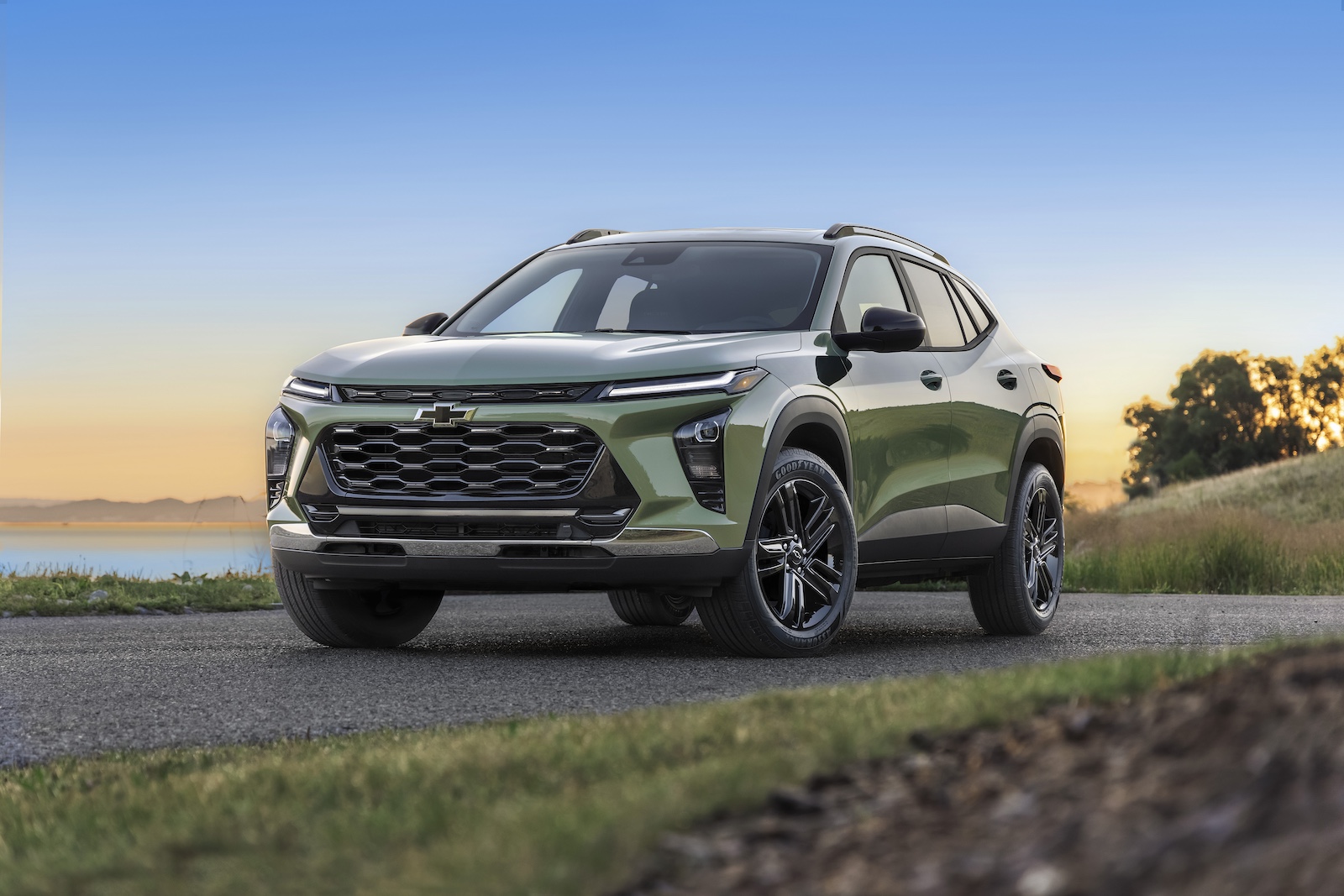
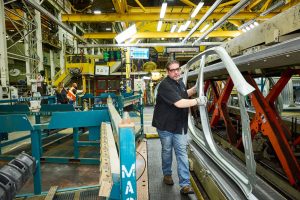
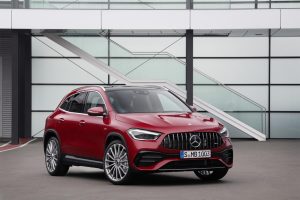
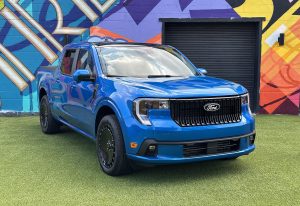
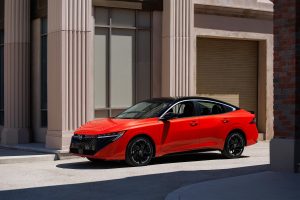

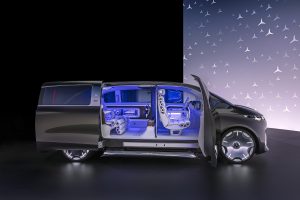
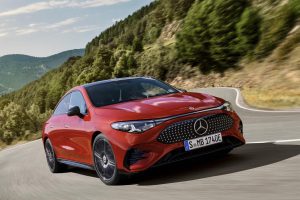


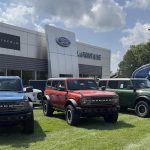



0 Comments